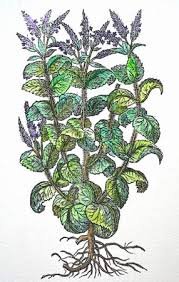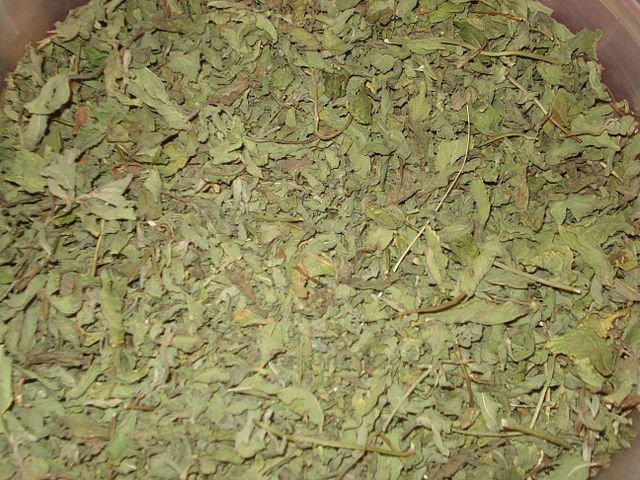Growing Chocolate Peppermint at Sacred Blossom Farm
Mint - Benefits and How to Grow
(Mentha spp.)
Mint is a diverse herb belonging to the Mentha genus, with various species native to different regions worldwide. It is renowned for its refreshing aroma and culinary versatility. I have tasted several dozen varieties of mint leaves and trialed growing about 10 varieties for herbal tea at Sacred Blossom Farm. We have settled on three outstanding varieties that we grow commercially:
Each mint variety is similar but unique in form and growing conditions are similar. This most resembles our Apple Mint.
Chocolate Peppermint: There are several plants marketed as Chocolate Mint or Chocolate Peppermint. The one I have (plants originally from Richters Herbs) truly hints of Chocolate. It is one of the least vigorous mint plants I have seen and only yields about half of other mints but the flavor is out of this world. It is so good, it is one of the only unblended herbal teas we sell. I have done blind taste tests putting my Chocolate Mint Tea against a dozen competing Peppermints herbal teas and ours was markedly the best.
Apple Mint / Wooly Mint: These plants also originated from Richters. A type of Spearmint, I am fond of this variety for its nice flavor and tall, erect growth habit that keeps above the weeds and is easy to machine harvest.
Scotch Mint: I was introduced to this variety of Spearmint by my friend Jane at Four Elements Herb Farm. She has been growing herbs for longer than I have been alive, so I make sure to listen when she offers advice. When I visited her farm she said that this Scotch Mint is the best tasting Spearmint - I had a taste and was very quick to agree. Most Spearmints smell a bit like cat pee; this one doesn’t. Part of the reason why our Angel Herbal Tea is so delicious
Benefits of Mint
Mint is prized for its wide range of uses and benefits:
Culinary Uses: Mint is a culinary staple, adding a fresh and minty flavor to salads, beverages, desserts, and savory dishes.
Digestive Aid: Mint has been traditionally used to alleviate digestive discomfort and soothe upset stomachs.
Aromatic Qualities: Its invigorating scent makes Mint a popular choice for herbal teas, aromatherapy, and even homemade air fresheners.
Constituents of Mint
Mint contains various chemical compounds that contribute to its flavor and properties, including:
Menthol: Responsible for the cool, refreshing sensation associated with Mint, this constitute is known to change the way the brain registers pain and taste.
Menthone: Structurally related to menthol its another compound contributing to Mint's flavor and aroma.
Pulegone: An organic compound found in many plants, it is classified as a monoterpene.
Cineole (Eucalyptol): Traditionally used as a cough suppressant this constitute is known to help support purification.
Volatile Oils: Also responsible for some of the aromatic qualities.
How to Grow Mint
Starting Mint from Rhizome Divisions:
Mint is not typically propagated by seed because they are frequently sterile or the seeds won’t be true to their parent. Fortunately they are very easy to grow from runners. The best time to do this is in the spring when they are dormant. I’ve tried a few things - to really stretch my plants I have taken 2 node cuttings and stuck them in 72 cell trays - this didn’t work great. What I do now is lift established mint plants out of the ground with a tractor bucket and dump them on a screen. I rub the dirt off and break the plants into smaller clumps, about 10 to 1. It is not necessary, but I like to make sure there are some fine root hairs on each clump which speeds their ability to establish. Then we plant them out 15” between mint plants, 30” between rows with our water wheel transplanter. The mint divisions are extremely susceptible to drying out so I try to keep them covered with a wet towel, out of the sun and wind and get them planted within a couple of hours. Big mint farmers pull plants out of the ground with a skid steer then dump them right into a modified manure spreader which beats the plants into pieces and drops them right into rows. We can plant an acre in two days with three people - The big farms can plant 50 acres with one person.
This baby Mint has made a valiant effort to push through the soil just to be enjoyed in your cup of tea
Caring for Mint Plants:
Mints call swampy, wet areas home. My farm is pure sand so I try to irrigate my plants a 1/10th of an inch most days to keep them happy. We put a healthy layer of turkey manure on our mint fields, much like commercial growers who fertilize their mint plants even heavier than corn! I like to keep my field a little on the dry side because it makes for more concentrated mint leaves. However if left too dry, especially when maturing, they will develop brown spots and will quickly lose quality. I have found that to grow the highest quality herb you need to balance when and how much you water them throughout the season.
For the home gardener mint leaves can be picked a few at a time, when the plant is starting to get established. The plant is most potent when it is starting to flower but I don’t mind if the plants go into full flower because they are still phenominal and it gives the bees a chance to enjoy them too. If the soil is not moist and well fertilized when flowering the bottom leaves will brown, messing up the harvest.
We get harsh winters on our farm in Mondovi, WI and if there is no snow to insulate the ground or if we harvest the Mint too hard or too late in the season the plants may not over winter with some variability based on variety. I recommend home gardeners mulch their mint but that is impractical on our scale.
Due to their high essential oil content, the leaves of our Mint plants are resilient to a light frost.
Harvesting Mint: I alway smell my mint plants before harvesting - volitle oils vary based on many factory including sunshine, temperature, soil moisture and time of day - Morning is best time of day to harvest mint plants. I have developed a nose for my mints and by smelling them, I know if they are at peak potency or not. I know Chocolate Mint is right when the crushed fresh leaves are so strong they actually burn my nose!
So long as the bottom leaves are still nice, we take the top 3/4ths of the plant each harvest. We get 2 harvests the first year; the first 75 days after planting (early August) and the second 60 days later. We get three cuttings in the second and third years. We hope to get three years out of our mint fields but that doesn’t always happen.
Drying Mint Leaves
Mints are great dry for herbal teas. There is a lot of variability between varieties - Chocolate Mint is exceptionally fast to dry, Apple Mint is about average for herbs. 90 degrees with good ventilation is a good place to start and then temperatures can be gently increased to 100. We toss the herbs after 12 hours of drying then are dry after 24 hours or less. To maintain top quality we take special care not to heat above 100 degrees or over dry our mint.
A home scale gardener can hang bunches of mint in a well shaded ventilated area and they will dry just like that. It is important that the herbs continuously dry (do not reabsorb moisture during the drying process) but so long as this happens, it is okay if they take several days to dry.
Mint when dried and stored properly can make a great addition for any occasion for years to come
Uses and preparations
High quality Mint makes for a phenomenal herbal tea. Sacred Blossoms high quality herbal teas that include Mint are; Angel, Turtle, Breathe, and of course our famous pure Chocolate Peppermint. Our local farming friends also provide high quality mint products such as foot cream, herbal throat spray and breath mints.
For more information on this wonderful herb please visit the American Botanical Council or site the complete German Commission e Monographs
* These statements have not been evaluated by the Food and Drug Administration. This product is not intended to diagnose, treat, cure, or prevent any disease.



